Vaughan Subway Line – Back on Track
The Toronto-York Spadina Subway Extension is overdue and over budget — will there be light for Vaughan at the end of the tunnel?
A subway line will soon barrel its way to Vaughan — but don’t hang your car keys up just yet.
A Toronto Transit Commission (TTC) board meeting held on March 26 at Toronto City Hall revealed the latest recommendations surrounding the problem-plagued Toronto-York Spadina Subway Extension (TYSSE) to Vaughan that was first announced close to a decade ago. Voted in favour by council was additional funding of $150 million and a delay of at least one year, bringing the new completion date to late 2017 — two years longer than beleaguered suburbanites and those pushing for an extension were
hoping for.
“Disappointed,” says Josh Colle, Toronto city councillor and TTC chairman, when asked about his reaction to the report. “The first information we got was just that the project was facing troubles. Then staff was tasked with presenting the Commission with a number of options to consider, and the one we considered for them, the one we selected, was the one I think gets the project back on track.”
The first of four options presented at the board meeting was TTC chief executive Andy Byford’s “reset plan,” which hands over project management control from the TTC to a sole-source third-party project manager. According to news sources, the firm selected to deliver the project by 2017 is Bechtel Corp., the organization that recommended a management change after the TTC recruited experts from the multinational construction company to evaluate the project.
Compared to other options that included opening in 2018 at a cost of $180 million, the “reset” option of retaining a third party to meet an earlier completion date at a lower cost was clearly preferred to expedite the already over-budget and overdue extension project. “I think of all the options that have been carefully considered the one that [Byford] recommended is the one that makes best sense at this time,” says Bruce Macgregor, chief administrative officer of York Region. “It captures the momentum of the groups that have been engaged in it to date and continues the forward momentum on the project.”
Ottawa, Toronto, York Region and the Province of Ontario are cumulatively investing $2.6 billion toward funding the TYSSE project. However, under this new plan, the City of Toronto and York Region are expected to pay the balance of the now $2.78-billion subway, with $90 million to be covered by the City of Toronto, and the remaining cost of $60 million by York Region as per a cost-sharing agreement.
A show of hands agreed to ask the Province of Ontario — which in 2006 and 2007 had poured a total of $870 million into the Move Ontario Trust to be exclusively used for the TYSSE project — to cover a shortfall of $85 million stemming from an unexpected weak interest growth from the transit trust due to a shift in the capital market. But the province has said no.
“We recognize that that’s going to cost more money for the City of Toronto and for the City of Vaughan. I would hope that maybe the province would contribute to that too, but it’s something that we need to get this project more than up and running —we need to get it done,” adds Colle.
Thus far, the York University Station is the most delayed, with only about a third of the work done. Overall, the TTC reports that the TYSSE project is 70 per cent complete.
In 2008, when news first hit that Vaughan would finally have a subway, a collective sigh of relief could be heard across the city, one of the fastest growing in Canada without a rapid transit system to connect its now 317,889 residents to the downtown core for work or play. Students and professionals were hopeful about an alternative to idling in congested traffic or scrapping for parking at Yorkdale mall, a major subway hub for commuters.
But what began as a $2.5-billion beacon of light — a proposal of six additional stops on the Spadina line from Downsview up to the city’s imminent downtown core at the Vaughan Metropolitan Centre — quickly became a dim glow at the end of a long tunnel of delayed deadlines and a skyrocketing budget.
Originally slated to open in 2015, the TYSSE project has been haunted by holdups since construction began in 2010. Funding issues first delayed construction by 16 months — a detour that took the project’s schedule off track. Last year’s record-breaking winter and tunnelling problems under York University only compounded the issue. Then in 2011, a year before the TTC announced its first official delay of the project, the tragic death of 24-year-old construction worker Kyle Knox, who was killed at the York University site, halted work into 2012 to accommodate an investigation into the matter.
Schedule challenges such as contractor performance, late design changes and conflicts between different contractors continued to plague the troubled subway extension. This past March, TTC chief Byford acted on his belief that changed leadership was due when he fired two TTC senior managers who were in charge of the burgeoning budget.
The $60 million York Region needs to fork over to cover their portion of the additional $150 million is to come from development charges, tax levies and reserves. But for residents who cringe at the idea of a tax hike, Macgregor says that, to some extent, the region will be relying on reserves and that taxpayers likely won’t see an impact.
“At this level of funding we don’t anticipate a major tax levy pressure as a result of this increment of financing,” he says. “The TTC report identifies 2015 as a critical year in determining what the extent of construction claims are and what that value might be. When we get to the end of 2015 we’ll have a better idea if there’s additional pressures that may or may not bear on the tax levy.
“The only caution I add to that is we’ll see what the TTC’s work does in the coming year in assessing the value of construction claims on that project.”
As much as we all hate to hear that patience is a virtue, Byford’s recommendation, albeit expensive, is the best shot we have at riding the Red Rocket in our city. All we can do for now is wait.
“We’re anxious to see this line open and we’re doing whatever it takes to make sure that it does get open so people can start using it because there’s that cost, too,” says Colle. “What’s the cost of not having this operation to all the residents who are on buses or not using transit because it’s not open? I think it’s important to weigh those costs, too, and that’s part of the impetus for pushing to get this done as soon as possible.”
© Toronto Transit Commission, 2015. Reproduced with the permission of the Toronto Transit Commission.
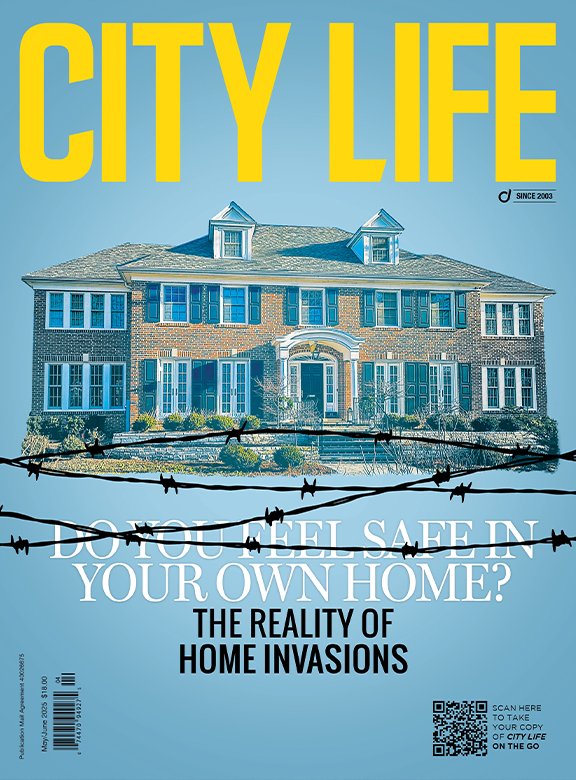






































































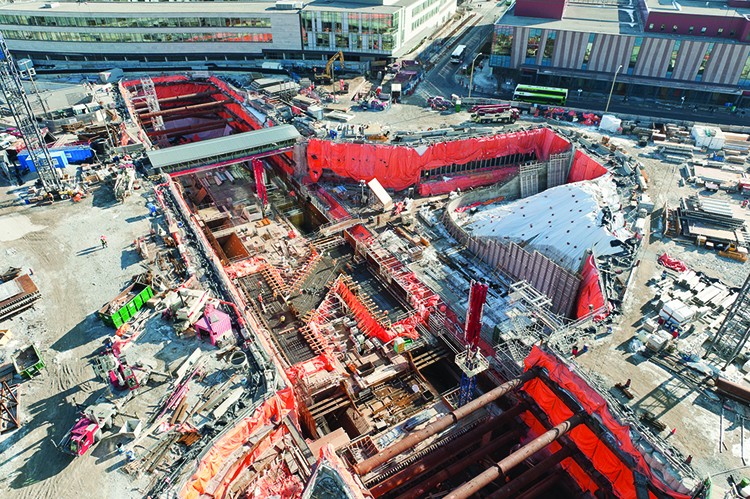
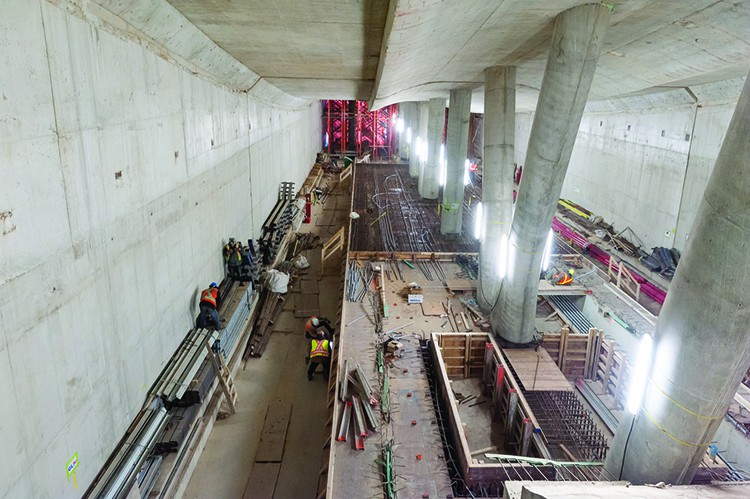
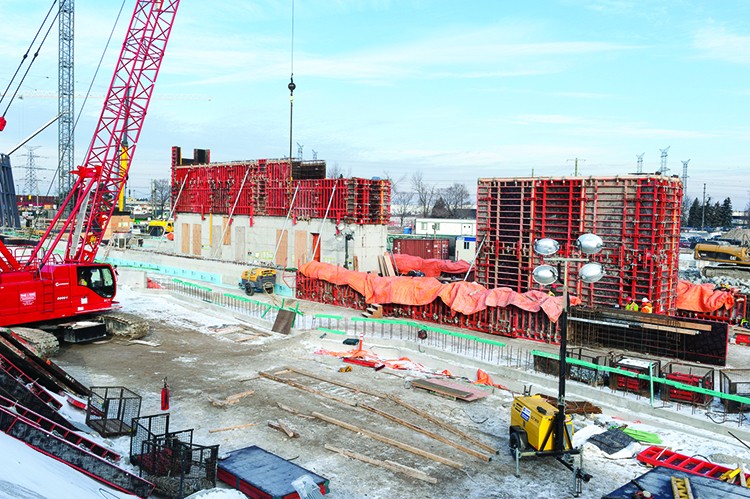
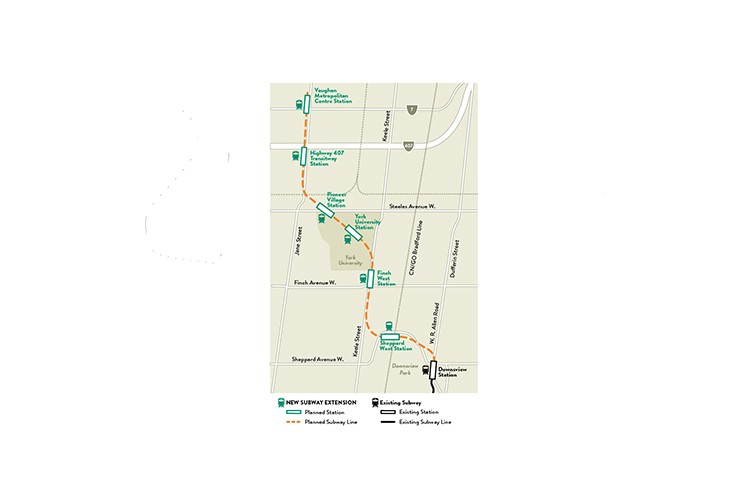
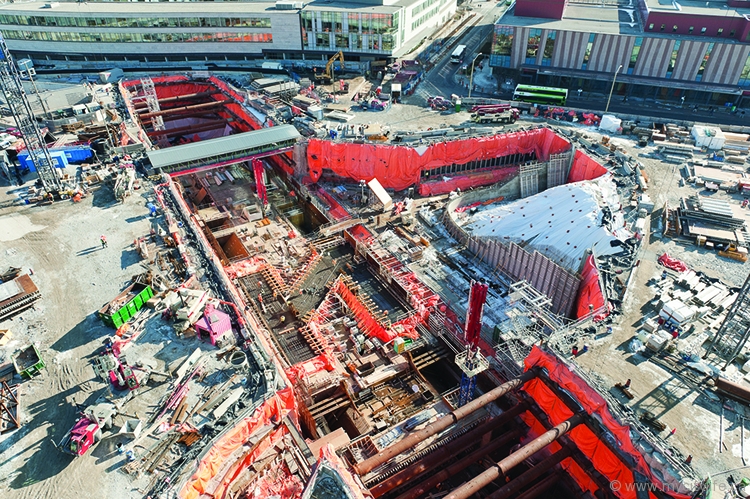






No Comment